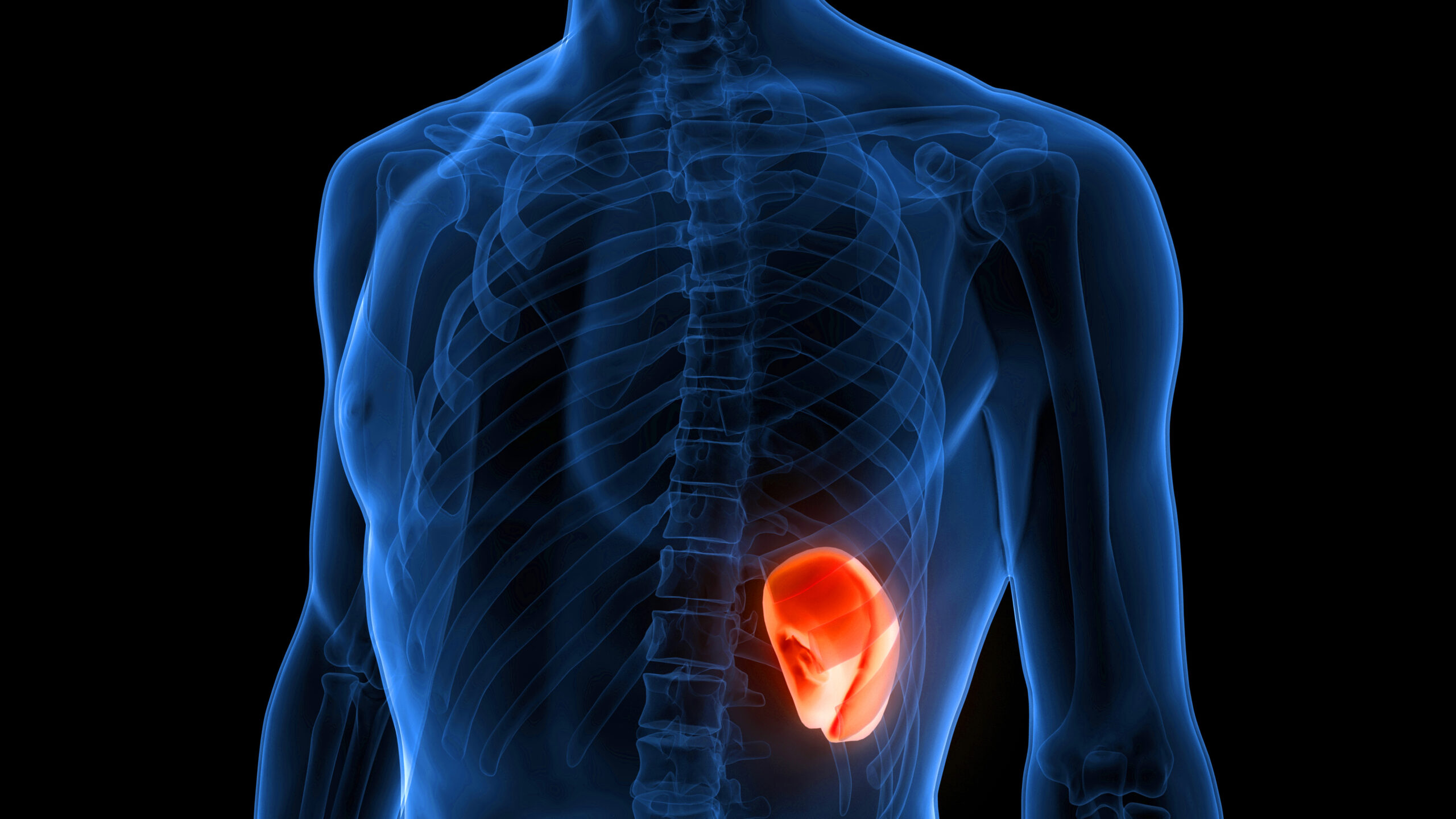
Combining the bromodomain and extra-terminal motif (BET) inhibitor OPN-2853 with ruxolitinib reduced spleen size in participants with advanced myelofibrosis (MF) who have not adequately responded to ruxolitinib alone in a phase 1 trial. Early results indicated that the combination therapy is generally well tolerated, with manageable adverse events and spleen length reductions.
MF can cause splenomegaly and a high symptom burden in many cases despite advances with ruxolitinib treatment. In murine models, the combination of BET inhibitors with ruxolitinib provided synergistic clinical effects. Building on that finding, the PROMise trial (EudraCT 2019-000916-27) aims to examine the safety and preliminary efficacy of adding BET inhibitor OPN-2853 to ruxolitinib for treatment of participants with advanced MF and poor responses to ruxolitinib as a single agent. Adam Mead, MD, PhD, University of Oxford, UK, presented the interim results of the ongoing, phase 1, multicenter, clinical PROMise study.1
The trial aims to recruit a maximum of 60 participants receiving stable doses of ruxolitinib to establish safe and tolerable doses of OPN-2853 at 20 mg, 40 mg, or 60 mg daily. As of February 2024, 16 participants had been recruited, treated, and evaluated.
Of the 16 participants who were receiving OPN-2853, seven presented with thrombocytopenia. One case of dose-limiting toxicity of unknown origin and one case of dose-limiting toxicity due to an elevated liver transaminase level were observed. A single death with a disease-related cause was reported. Adverse events tended to be tolerable. The most frequent grade 3 events were reduced platelet counts (31%) and anemia (12.5%). In the subset of 12 participants who could be evaluated for change in spleen length, there was a median spleen reduction of 5 cm (range, 0–10 cm).
“The combination of OPN-2853 (formerly PLX2853) and rituximab was well-tolerated, with the majority of so far included participants completing 8 cycles and encouraging levels of spleen reduction,” concluded Dr. Mead.
Reference
- Mead AJ, et al. Interim analysis of promise, a clinical study combining the BET inhibitor OPN-2853 with ruxolitinib in patients with advanced myelofibrosis experiencing an inadequate response to ruxolitinib. Abstract #3186. Presented at the American Society of Hematology Annual Meeting; December 7-10, 2024; San Diego, California.






 © 2025 Mashup Media, LLC, a Formedics Property. All Rights Reserved.
© 2025 Mashup Media, LLC, a Formedics Property. All Rights Reserved.